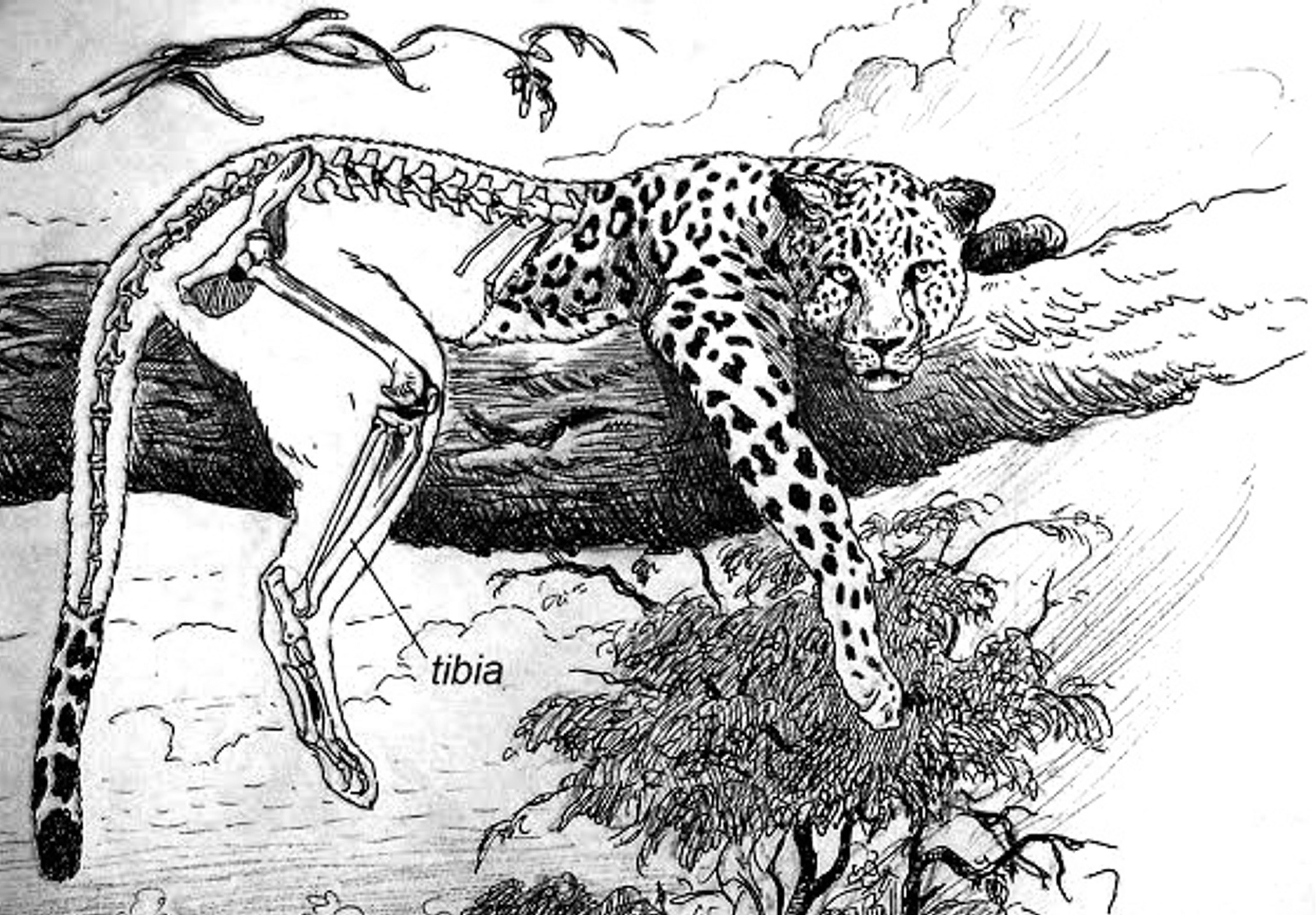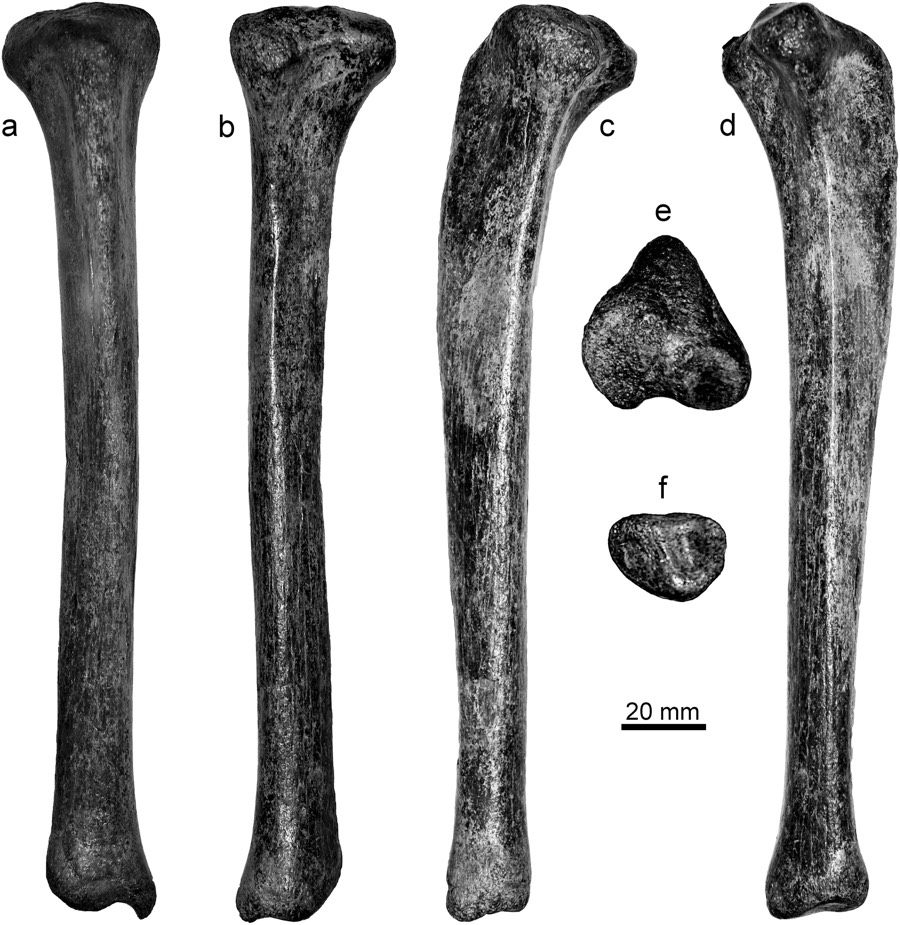Leopards Might Have Walked Alongside Neanderthals

Leopards may have roamed across Italy alongside Neanderthals, a new study finds.
Scientists analyzed an ancient, well-preserved bone discovered by amateur scientist Renato Bandera in the summer of 2014 and donated to the Paleoanthropological Museum of Po in San Daniele Po, Italy. The gray-brown fossil was the slender right shinbone of a leopard, and was found along the right bank of the Po River in northern Italy, near the harbor entrance of the city of Cremona. [In Photos: Rare and Beautiful Amur Leopards]
The region where this bone was discovered is well-known for its fossils. Other bones from this site have suggested that the area was once home to straight-tusked elephants, steppe bison, woolly mammoths, giant deer, rhinos and elk. However, fossils of carnivores such as bears, wolves, hyenas, foxes — and now, leopards — are very rare.
The size of the shinbone suggests that the leopard it belonged to weighed 88 to 99 lbs. (40 to 45 kilograms), with a body about 3.6 feet (110 centimeters) long and a tail about 2.8 feet (85 cm) in length. This suggests the leopard was either a large female or a young male, said study co-author Davide Persico, a paleontologist at the University of Parma in Italy.

The age of the leopard fossil remains uncertain. However, the ages of nearby fossils suggest that this newfound leopard bone is no more than 180,000 years old, Persico said.
Previous research found that leopards inhabited Europe during the Pleistocene epoch, often referred to as the ice age, which spanned from about 2.6 million to 11,700 years ago. The oldest European leopard fossils come from a site called the Vallonnet Cave in France that's about 900,000 to 1 million years old. As the climate grew colder, the felines retreated southward, the researchers said.
This new bone is the first leopard fossil from the plain of the Po River. "Probably, they lived on the Po plain with Neanderthal man," Persico told Live Science.
Sign up for the Live Science daily newsletter now
Get the world’s most fascinating discoveries delivered straight to your inbox.
All of the leopard fossils that had been unearthed in Italy until now had come from mountainous regions, such as the Alps in northern Italy and the Apennines in central and southern Italy, Persico said. "From this fossil, we learn that the species was not endemic to the mountains," Persico said. "Presumably, this fossil species, exactly like the living leopard species, was adaptable to different climatic conditions."
Today, leopards are considered the largest spotted cats in modern Africa and Asia. They can live in a wide range of habitats, including grasslands, forests, mountains and semiarid deserts, and they currently have the largest distribution of any wild cat.
Persico and his colleagues Martin Sabol, a carnivorous-fossils specialist at Comenius University in Bratislava, Slovakia; and Emiliano Troco, a paleoartist in Udine, Italy, detailed their findings online March 1 in the journal Quaternary International.
Original article on Live Science.










